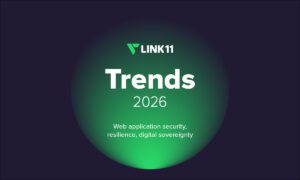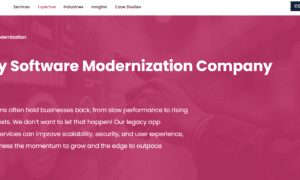In today’s fast-paced technological landscape, the lines between cybersecurity and privacy are rapidly blurring, driving the demand for unified digital protection strategies. Suresh Dameruppula, a seasoned data security and governance authority, delves into this vital convergence in his latest article. Drawing on extensive experience in the field, he underscores how modern organizations are adopting cutting-edge frameworks to combat emerging cyber threats while upholding the fundamental rights associated with personal data.
The Multi-Layered Architecture of Modern Cybersecurity
Cybersecurity has evolved into a multi-layered defense spanning networks, endpoints, applications, and cloud environments to counter threats like malware, phishing, and ransomware. With over 30 billion connected devices expanding the attack surface, modern security employs micro-segmentation and real-time threat detection. Cloud security is now central due to remote work, with tools like Cloud Security Posture Management (CSPM) and Cloud Access Security Brokers (CASB) ensuring protection. Meanwhile, Zero-Trust Architecture—where continuous access verification is enforced—has redefined data protection, emphasizing trust no one, verify everything approaches in today’s dynamic digital landscape.
From Attack to Adaptation: Threats That Evolve with Time
The digital threat landscape has become both persistent and adaptive. Malware remains a top concern, particularly as Advanced Persistent Threats (APTs) leverage stealth and speed, often exfiltrating data in just five days. Ransomware, too, has matured into a full-fledged criminal economy, with Ransomware-as-a-Service (RaaS) enabling even low-skill actors to orchestrate significant breaches. Financial and critical infrastructure sectors are common targets due to the high stakes involved.
Phishing tactics have grown more targeted and manipulative, focusing on high-value individuals with access to sensitive systems. Attackers now exploit real-world events to increase credibility and urgency, particularly within financial and web-based services. As organizations grapple with this threat diversity, the need for integrated detection and rapid response mechanisms becomes increasingly critical.
Privacy as a Strategic Advantage
While cybersecurity emphasizes system protection, privacy concerns revolve around individuals and their rights over personal data. Together, they form a dual framework of protection. Advanced data protection programs now include both technical safeguards—such as encryption and anonymization—and organizational commitments, including executive ownership of privacy policies.
Consent management has also evolved beyond compliance. It is now viewed as a tool for building stakeholder trust and loyalty. Advanced consent systems allow users dynamic control over their data, enhancing user autonomy and corporate transparency. Data minimization strategies are also gaining traction, with organizations collecting only essential data to reduce exposure and liability. Despite technical and operational hurdles, this shift reflects a growing emphasis on responsible data stewardship.
Regulation as Catalyst for Change
Global privacy regulations are raising the bar for data protection and organizational accountability. The General Data Protection Regulation (GDPR) remains a cornerstone, influencing international compliance efforts with its stringent requirements on consent, data portability, and breach notification. Simultaneously, the California Consumer Privacy Act (CCPA) has introduced a strong consumer-rights model in the U.S., emphasizing transparency and control over personal data. Specialized laws like the Health Insurance Portability and Accountability Act (HIPAA) continue to define healthcare data standards. These regulations serve as more than legal obligations—they actively encourage businesses to adopt proactive, privacy-first strategies and build resilient, responsive data governance frameworks.
Harmonizing Privacy and Security Through Innovation
Forward-thinking organizations now prioritize proactive, privacy-aware system design over reactive security. Privacy by Design (PbD) embeds safeguards like differential privacy and secure multi-party computation directly into system architecture. Complementing this, Zero Trust Architecture (ZTA) enforces continuous verification, minimizing breach risks—especially for remote work. Meanwhile, data-centric security shifts the focus from network protection to securing the data itself. Innovative tools such as tokenization and homomorphic encryption enable secure data usage without revealing sensitive details. Together, these strategies preserve privacy while maintaining functionality, making them ideal for high-stakes sectors like finance and healthcare where both security and usability are critical.
In conclusion, Suresh Dameruppula offers a timely exploration into the convergence of cybersecurity and privacy. His work underscores that organizations must adopt strategies that treat privacy and security as interdependent pillars in the race to harness digital transformation. Only through integrated, technology-driven approaches can businesses build secure, transparent, and trustworthy digital ecosystems that withstand today’s threats and anticipate tomorrow’s challenges.
































